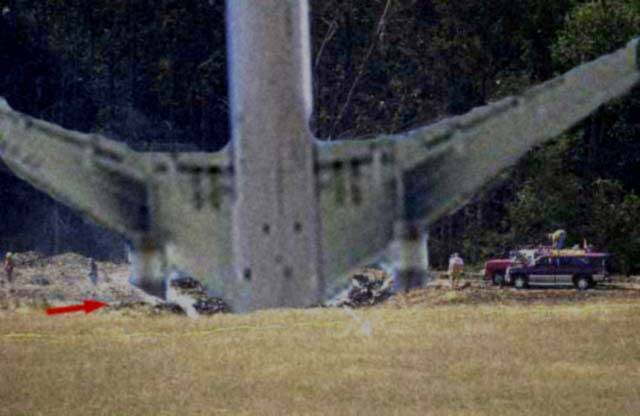I had to do this blog on a chapter 3 review.
Chapter 3 was all about congruent figures.
We learned how to prove triangles congruent by three postulates. Those were the SSS, SAS, and ASA postulate.
SSS-
Given : AB ≅ DE
BC ≅ EF
AC≅DF
Prove: ΔABC ≅ ΔDEF
Sense we know that if 3 corresponding sides are congruent we know that the triangles are congruent by SSS.
SAS- Given : AB ≅ DE
BC ≅ EF

B ≅

E
Prove: ΔABC ≅ ΔDEF
We can prove two triangles congruent if we have one angle in between two congruent sides. So by SAS we can prove these two triangles congruent.
ASA-Given : AB ≅ DE

B ≅

E

A ≅

D
Prove: ΔABC ≅ ΔDEF
We can prove two triangles congruent if we have one congruent side in between two congruent angles. So by ASA we can prove triangles congruent.
My definitions are in simple terms. The exact definitions for each postulate is as follows.
SSS postulate: If there exists a correspondence between the vertices of two triangles such that three sides of one triangle are congruent to the corresponding sides of the other triangle, the two triangles are congruent.
SAS postulate: If there exists a correspondence between the vertices of two triangles such that two sides and the included angle of one triangle are congruent to the corresponding parts of the other triangle, the two triangles are congruent.
ASA : If there exists a correspondence between the vertices of two triangles such that two angles and the included side of one triangle are congruent to the corresponding parts of the other triangle, the two triangles are congruent.
Next we learned about circles.
Theorem 19: all radii of a circle are congruent. This is helpful in proving triangles congruent.
We also learned about CPCTC. Which means that the corresponding parts of congruent triangles are congruent. Which means that if two triangles are congruent that every corresponding side and angle are congruent.
Here is a proof that involves both CPCTC and radii. (O MEANS CENTER OF CIRCLE)
Given: OP
Prove: AB ≅ CD
In this we know that there are 4 radii, and that they are all congruent. We also know that

CPD ≅

APB. So by SAS we can prove the triangles congruent. And sense we learned CPCTC we know that sense the two triangles are congruent, that every corresponding side and angle is congruent too. So we can prove that AB≅CD.
Next we learned about medians and altitudes.
Altitude: of a triangle is a line segment drawn from any vertex of the triangle to the opposite side. The altitude is perpendicular to one of the sides. Every triangle has three altitudes. Also if used in a proof: altitude -implies- perpendicular-implies- right angle.
Example:

Medians: of a triangle is a line segment drawn from any vertex of the triangle to the midpoint of the opposite side. Every triangle has three medians. Also if used in a proof: median -implies- segment divided into two congruent segments.
Example:
In isosceles triangles the altitude is the median, and vice versa.
Next we learned about auxiliary lines. An auxiliary line is a line segment drawn that do not appear in the original figure. Such that they connect two points already in the diagram, that help to prove what needs to be proven.
Auxiliary lines can help prove proofs. Draw them when needed.
Proof examples:
Given: CD and BE are altitudes of ΔABC
AD≅AE
Prove: DB ≅ EC
In this proof we use the postulate of ASA to prove triangles congruent. Then we use CPCTC to prove segments congruent. But then we go BEYOND CPCTC to prove more. This proof involved altitudes, ASA, CPCTC.
Given:

CFD ≅

EFD
FD is an altitude
Prove: FD is a median
In this proof we have to prove that an altitude is a median (which means it's isosceles). We prove the triangles congruent, then use CPCTC to prove it is a median.
Next we learned about overlapping triangles. They are still proven the same way, but sometimes it's hard to recognize where the triangles are. You may want to redraw them, or make the lines more apparent.
This is an example of an overlapping triangle.
ΔCBF and ΔFDE are overlapping. I'm not going to prove this one because you solve it the same basic way. By using SSS, SAS, or ASA.
In the next section we just learned about types of triangles.
Scalene triangle- a triangle i which no two sides are congruent.

Isosceles triangle-a triangle in which at least two sides are congruent.

Equilateral triangle-a triangle in which all sides are congruent. (all equilateral triangles are equiangular)

Equiangular triangle-a triangle in which all angles are congruent. (all equiangular triangles are equilateral)

Acute triangle-a triangle in which all angles are acute.(angles<90)

Right triangle-a triangle in which one of the angles is a right angle.

Obtuse triangle-a triangle in which one of the angles is an obtuse angle.(90<obtuse<180)
We also learned about Angle-Side theorems.
-If two sides of a triangle are not congruent, then the angles opposite them are not congruent, and the larger angle is the opposite the longer side.
-If two sides of a triangle are not congruent, then the angles opposite them are not congruent, and the longer side is opposite the larger angle.
Also shorter side opposite shorter angle, and shorter angle opposite shorter side.
SOOO basically this-
There was also another theorem about angles that we learned before this section that was-if two sides of a triangle are congruent, the angles opposite the sides are congruent. (congruent angles -> opposite sides congruent too)

Proof example:
Given: AB ≅AC
Prove:

1≅

2
HL postulate- if there exists a correspondence between the verticies of two right triangles such that the hypotenuse and a leg of one triangle are congruent to he corresponding parts of the other triangle, the two right triangles are congruent.
so even thou it does not fall into SSS, SAS, or ASA, these triangles are congruent by HL. There is only one line that fits the distance created by the hypotenuse and one of the legs if it is a right triangle.
Proof:
Given: GJ is the altitude of HK
HG≅KG
Prove: ΔHGJ≅ΔKGJ
And we are finally done....YAY!!!!!!!!! (sorry the pictures are soo small)
-Jennifer Kendall





































